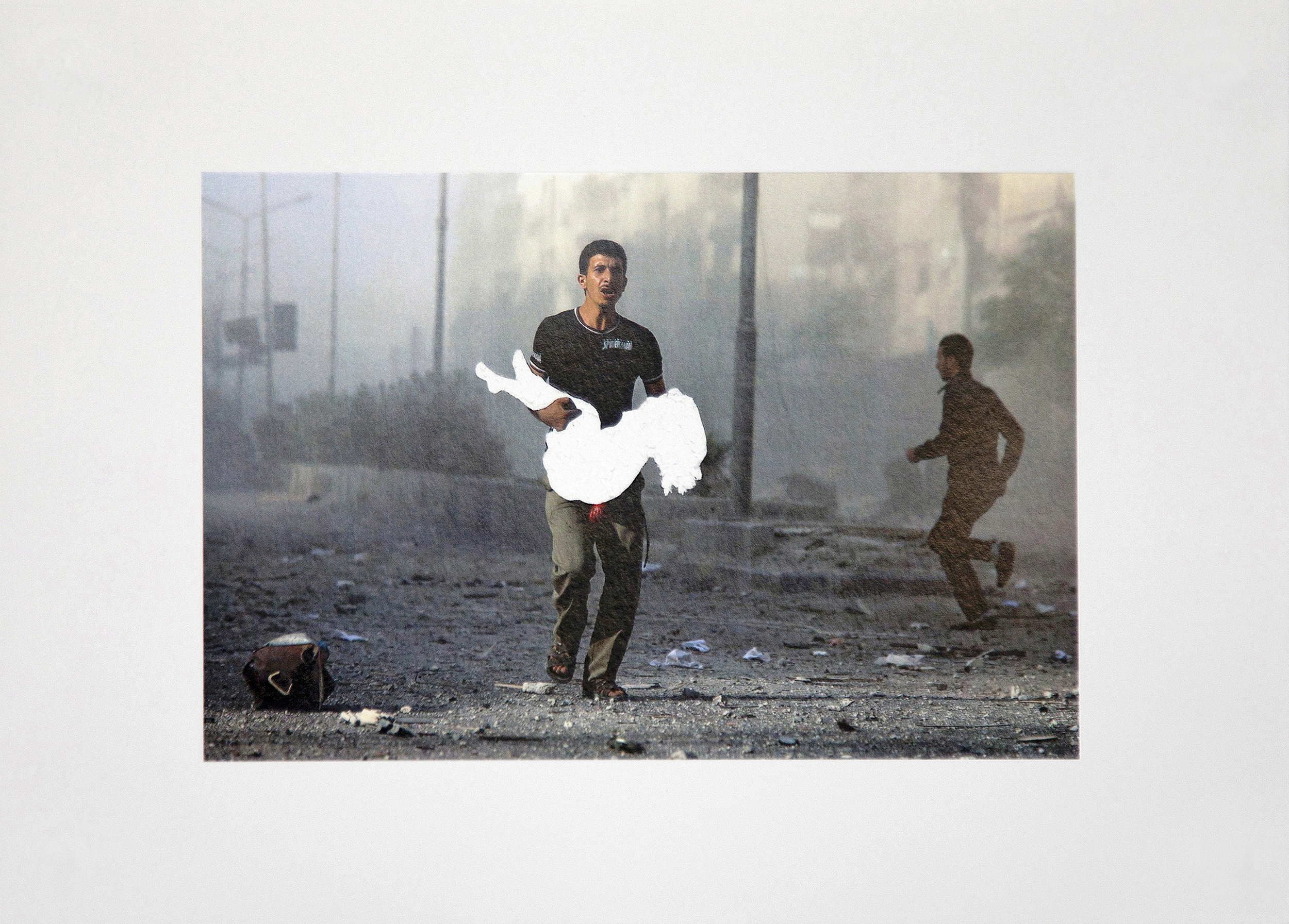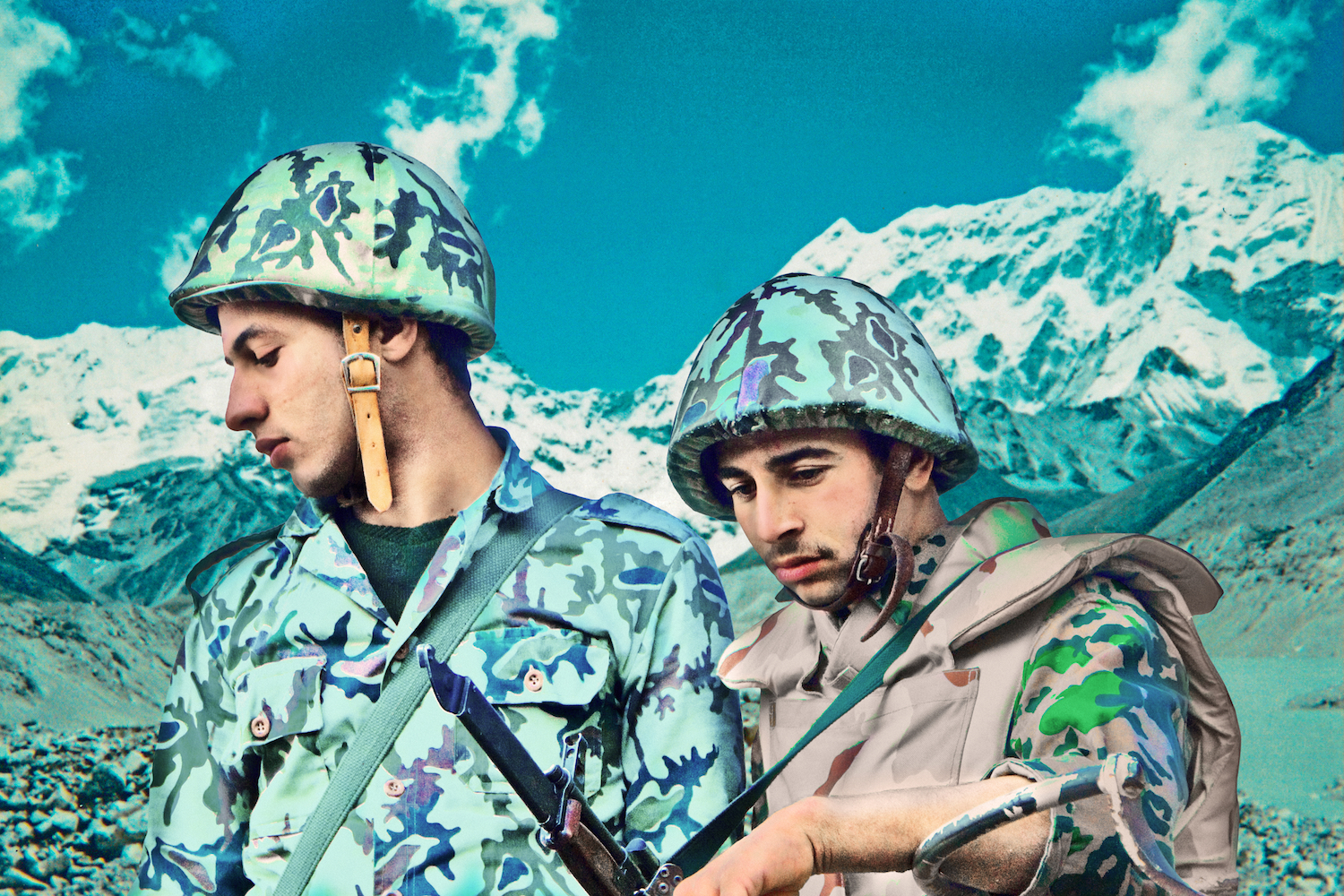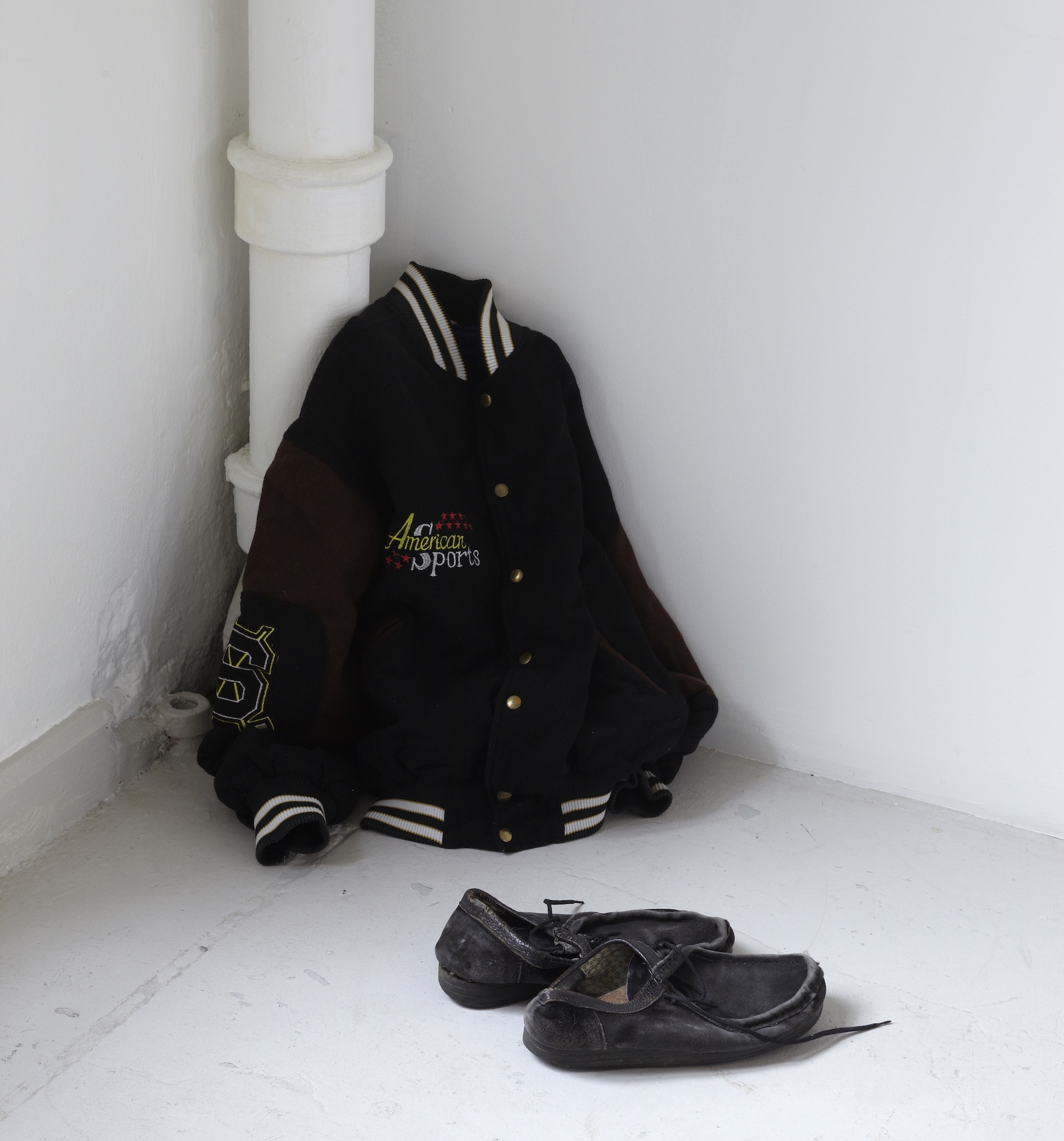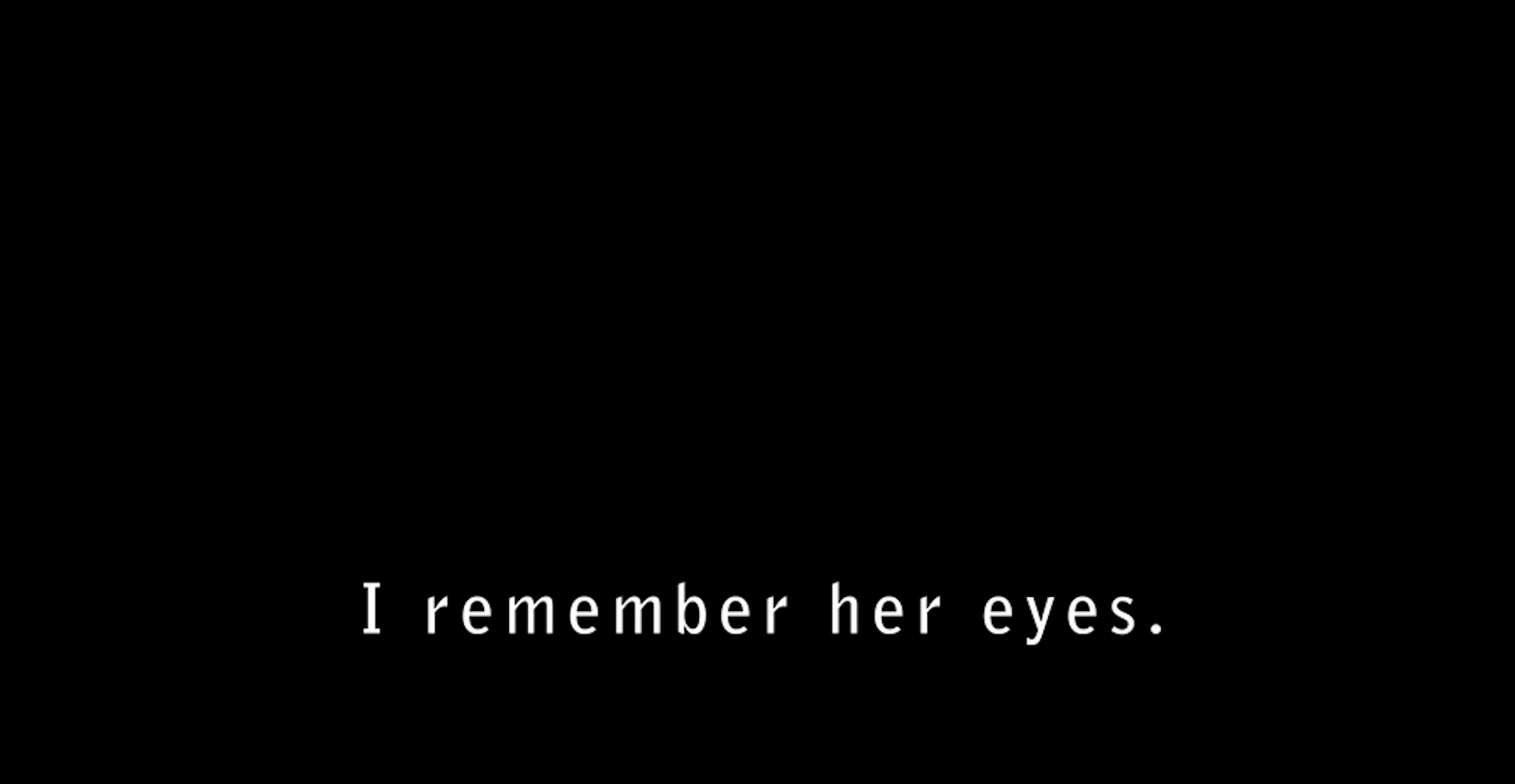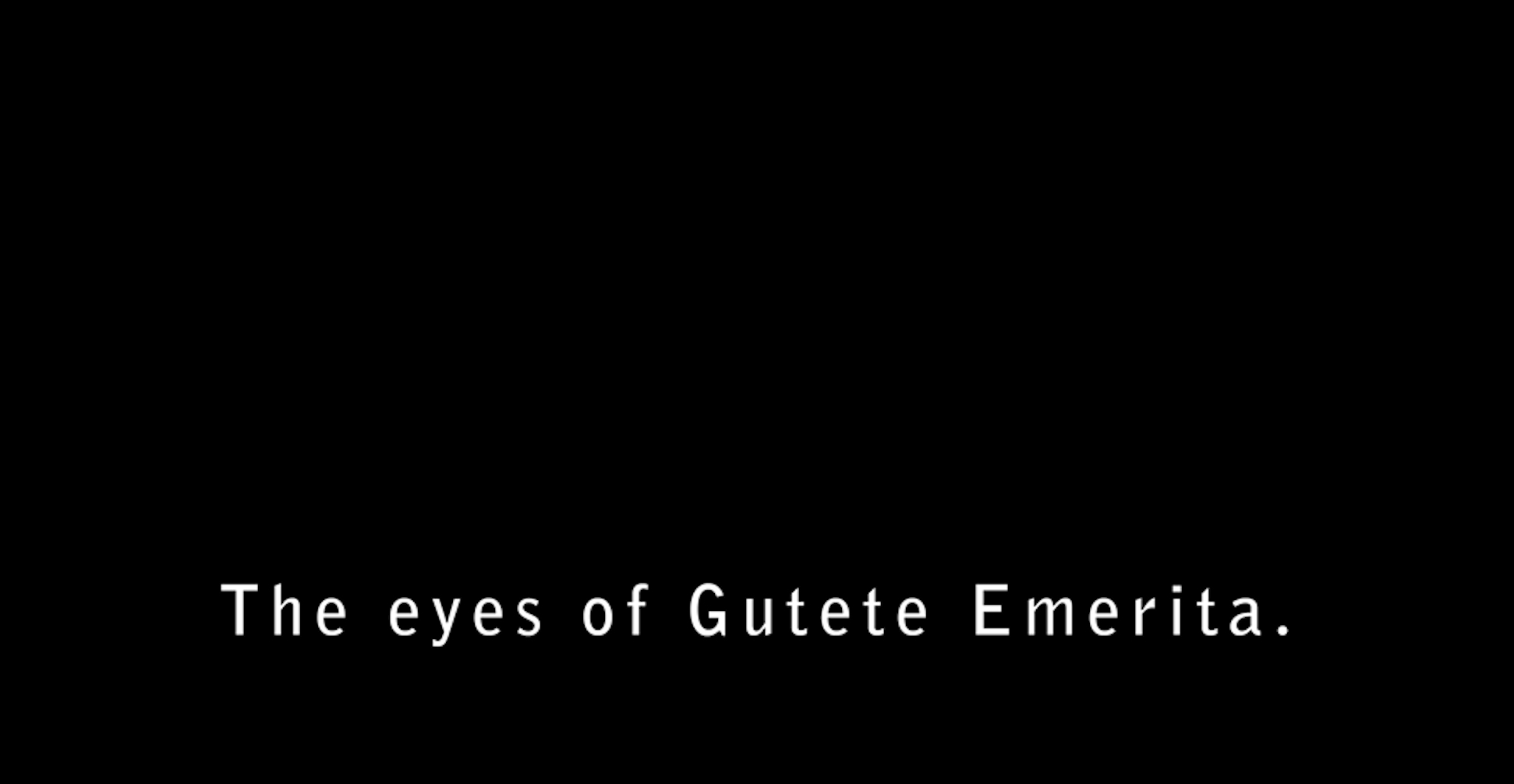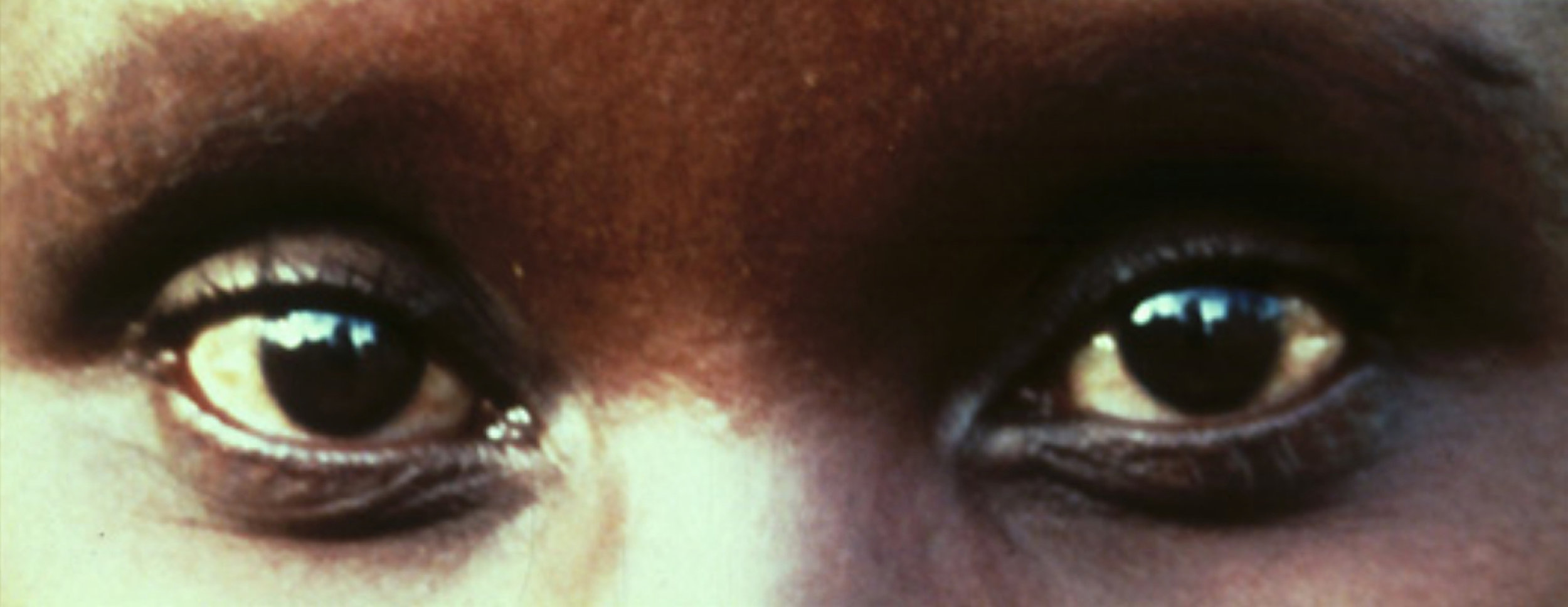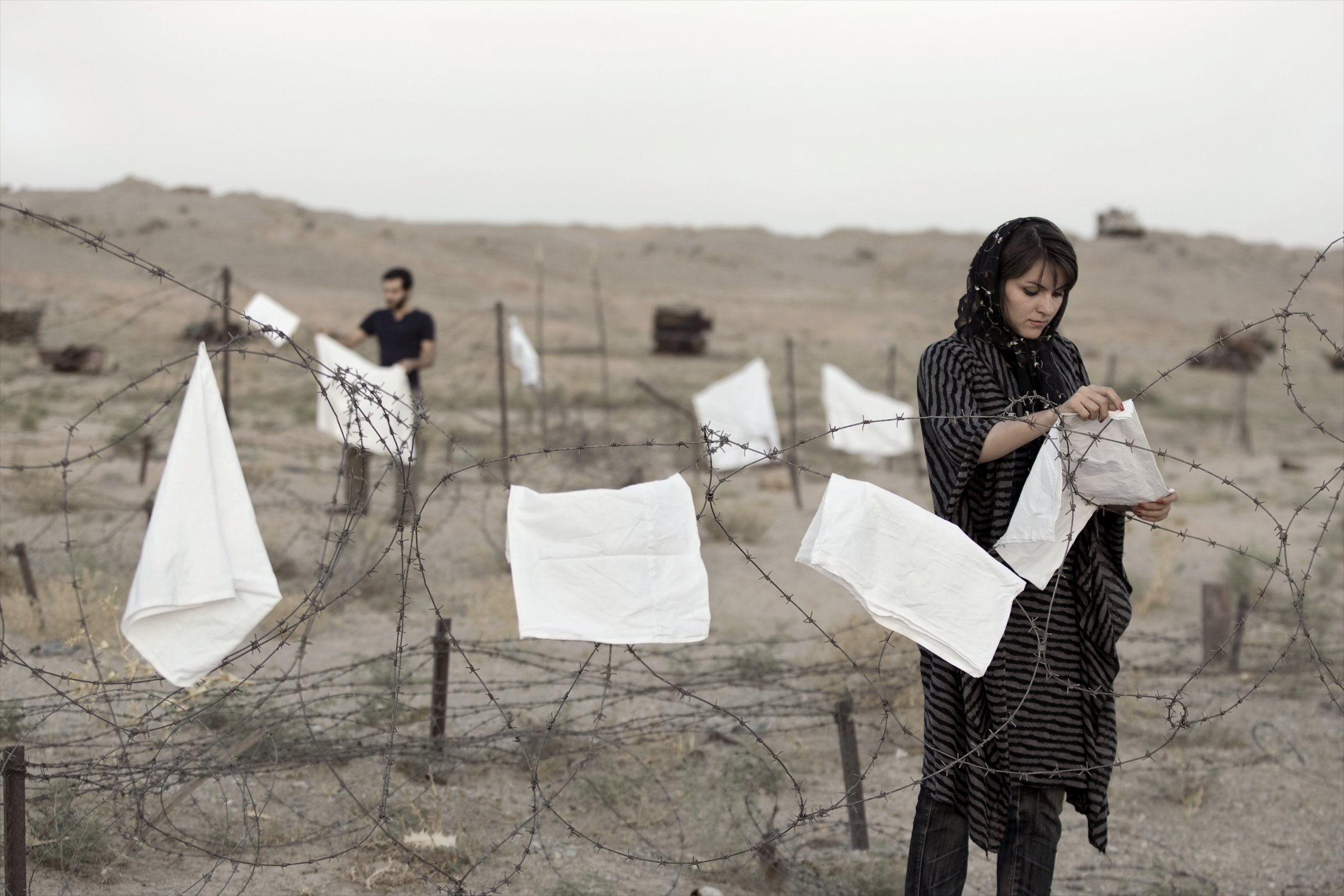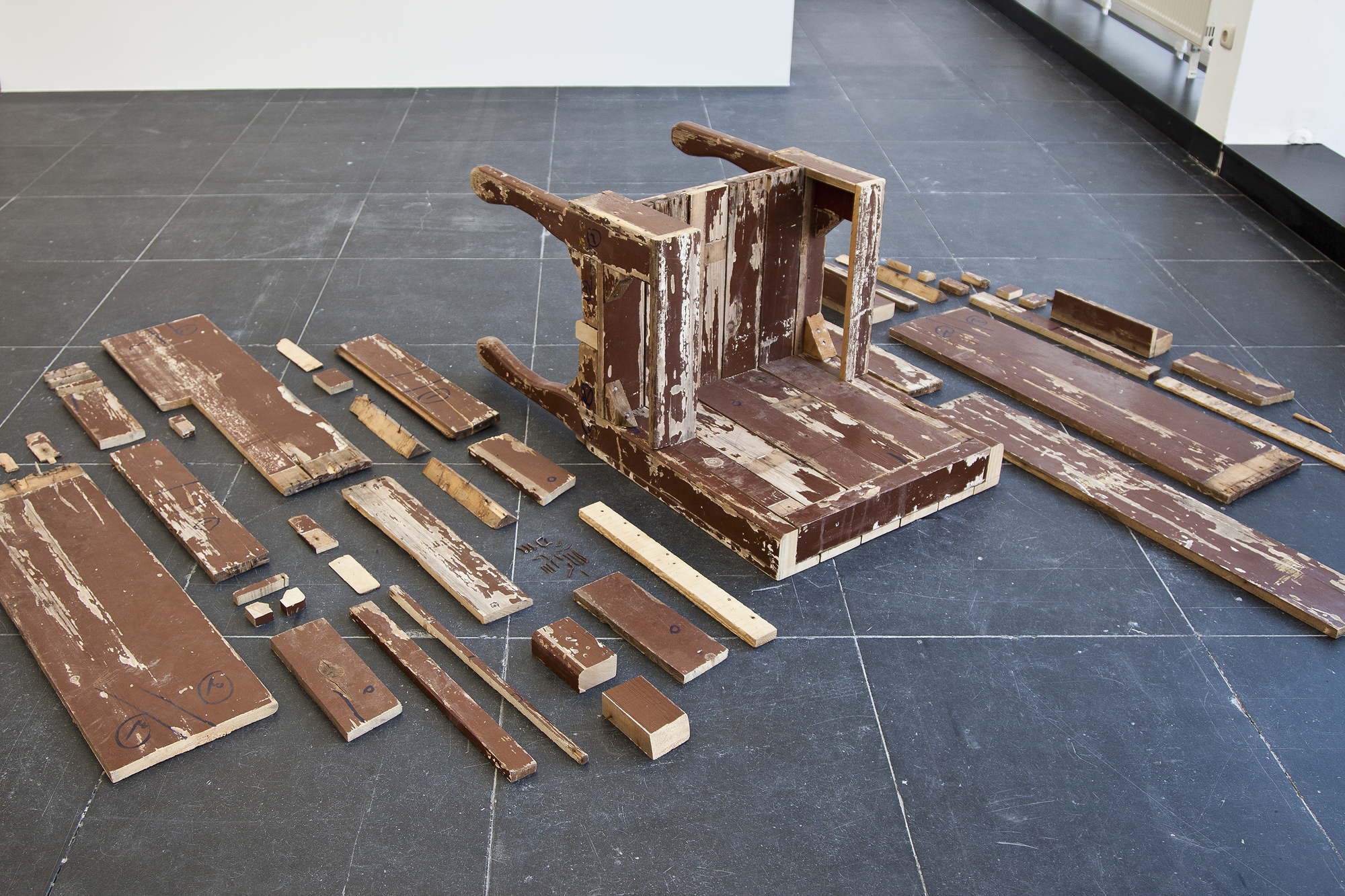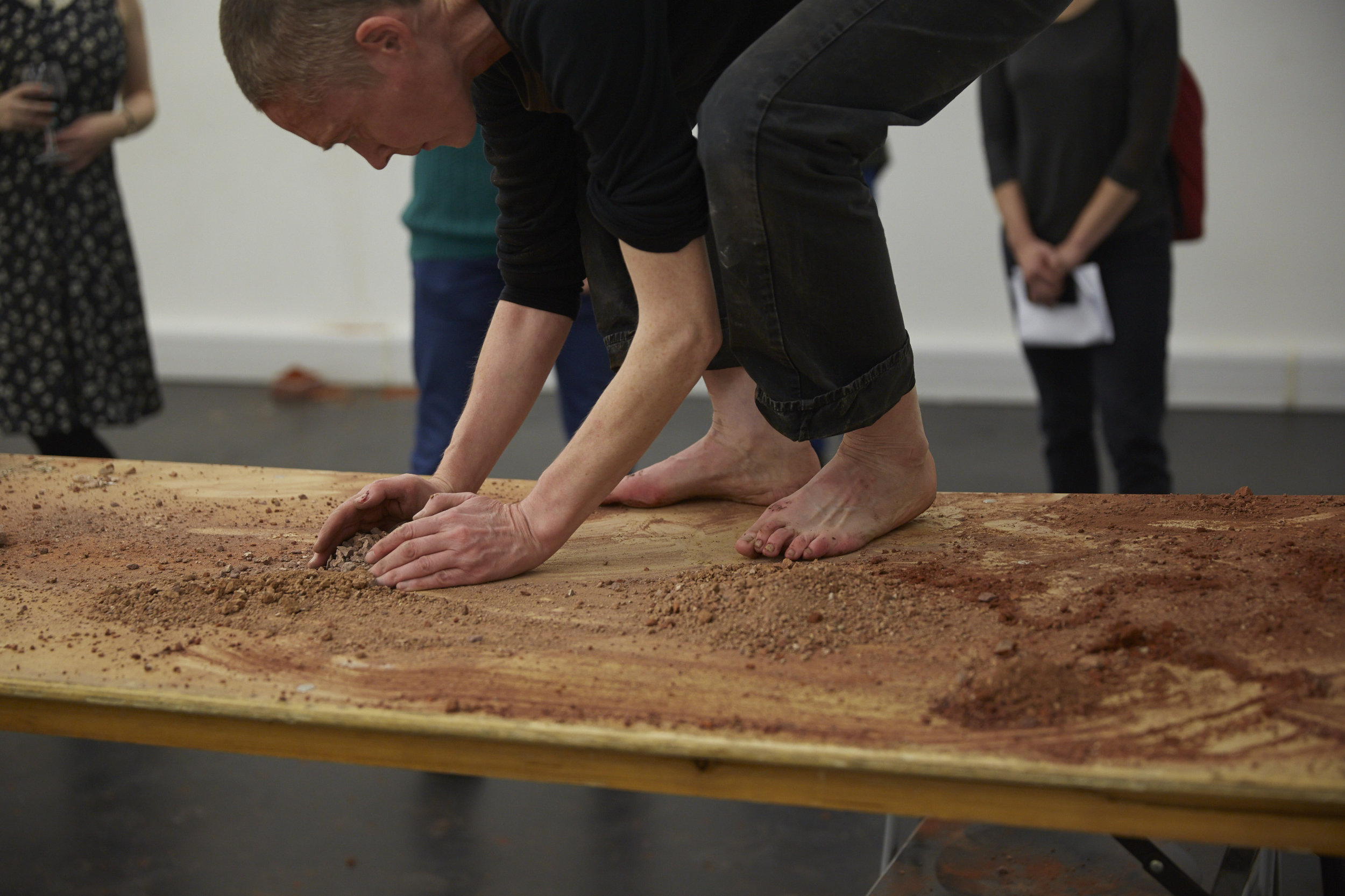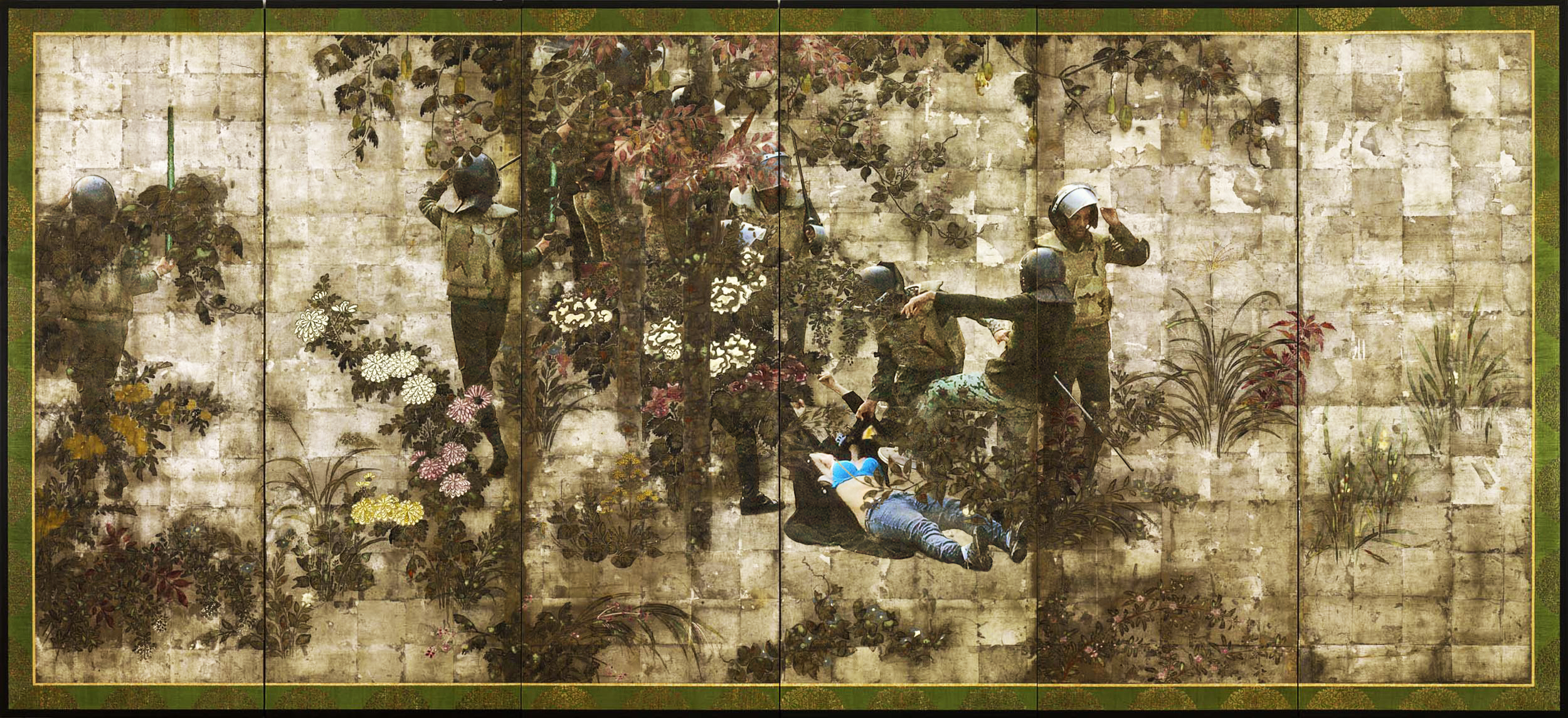Intro
Part art exhibition, part discussion event, We shout and shout, but no one listens: Art from conflict zones brought together ten artists and thinkers from around the globe to explore the leading cause of displacement: war.
Taking its starting point in a number of contemporary and recent conflicts that have been ignored by the international community, the exhibition presented installation, photography, painting, readymade, collage, and performance works that examine war from the perspective of those trapped in or fleeing zones of conflict.
The discussion event War images: How to show that black lives matter that accompanied the exhibition on March 5 debated what has caused indifference to certain of the world’s conflicts and victims, and what role visual representation plays in this.
Our contemporary world has been described as a site of global war with 42 active conflicts registered in 2014. Within the past five years alone, more than 15 conflicts have erupted or reignited across the globe, killing millions of people and producing massive internal and external displacement.
News and media overflow with images and accounts of massacres, crimes against humanity, and genocide in war zones outside the West, yet Western politicians and citizens have increasingly become deaf to the cries for help and intervention.
In Trampoline House, the refugee community center in which CAMP is situated, members continuously question why, for instance, the West has not intervened in Syria yet to stop the war crimes, why several conflicts on the African continent are made invisible, and why lives lost in Afghanistan or Iraq create less mourning and media attention than lives taken on Western soil?
The exhibition
The exhibition presented works that offer alternative visual accounts of the Syrian Conflict (2011-), The January 25 Revolution in Egypt (2011), The Bosnian War (1992-95), The Genocide in Rwanda (1994), The Iran-Iraq War (1980-88), and The Troubles in Northern Ireland (1968-98). The projects took viewers through a range of problematics relating to the experience, perception, and representation of war and its atrocities and trauma. They reflected critically on dilemmas connected with representing warfare and victims of war in times of mass and social media generated consumption of violence and suffering, on art’s tendency to aestheticize the brutalities of war, on viewers’ complicity and responsibility when consuming images of suffering without taking action, and on the ‘mechanisms of differentiation’ that make some human lives worthy of protection and saving and others not in times of war as well as in times of peace.
The contributing artists were Khaled Barakeh (Syria, based in Berlin), Gohar Dashti (Iran, based in Teheran), Nermine Hammam (Egypt, based in Cairo and London), Amel Ibrahimović (Bosnia-Herzegovina, based in Copenhagen and Kolding), Alfredo Jaar (Chile, based in New York), and Sandra Johnston (Northern Ireland, based in Belfast and Newcastle).
Alfredo Jaar
Stills from The Eyes of Gutete Emerita (1996)
New version: flash video and monitor, color, 1:36 min.
Courtesy the artist
Discussion Event
The discussion event War images: How to show that black lives matter took place two days after the exhibition opening, on March 5, 2017 in Trampoline House, and invited audiences to a full day of talks, performance, discussion, and workshops with thinkers and artists contributing to We shout and shout, but no one listens.
The aim of the event was to discuss why in times of war (and peace!) some lives are protected and some are not, why some conflicts are silenced and others not? What role does media’s portrayal of armed conflict play in this ‘mechanism of differentiation,’ and how can art offer alternative visual accounts of atrocity, conflict, and war that make black lives matter?
Social and news media are overflowing with images of armed conflict leaving many of us cold to the pains and terrors they represent. This coldness seems only in part to express a compassion fatigue resulting from the pictorial bombardment, or an apathy as a result of feeling powerless to stop wars. As American philosopher and gender theorist Judith Butler has argued, it is as if our capacity for empathy, compassion, and solidaric action in the West is being restrained to exclude some bodies and lives to begin with. How do images come into play in this framing, and how could we represent for instance the Syrian Conflict or the armed conflict in South Sudan so that the frailty of those bodies and the precariousness of those lives afflicted begin to matter to the West? It seems that there is a division between Western and non-Western lives. How do we undo this division? In art and in society?
The discussion event featured a keynote by Achille Mbembe (Cameroon / South Africa), a performance by Sandra Johnston, a roundtable discussion with the artists contributing to the exhibition, and workshops with the individual artists.
Education & Practical Info
We shout and shout, but no one listens ran from March 3 – June 17, 2017, and was accompanied by a free online exhibition catalog available in English or Danish. The catalog contains detailed information about the artists and works in the exhibition as well as commissioned essays by American philosopher and gender theorist Judith Butler on 'grievability' and by American visual culture theorist Nicholas Mirzoeff on the politics of war representations.
The exhibition, its discussion event, education program, and publication were curated by CAMP’s directors, Frederikke Hansen and Tone Olaf Nielsen, and was realized with financial support from: Foreningen Roskilde Festival / Statens Kunstfond / Susi og Peter Robinsohns Fond / Private donors.


